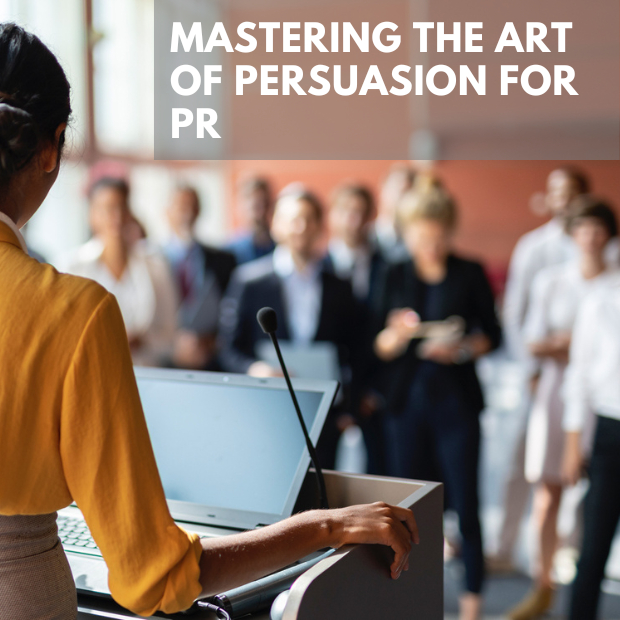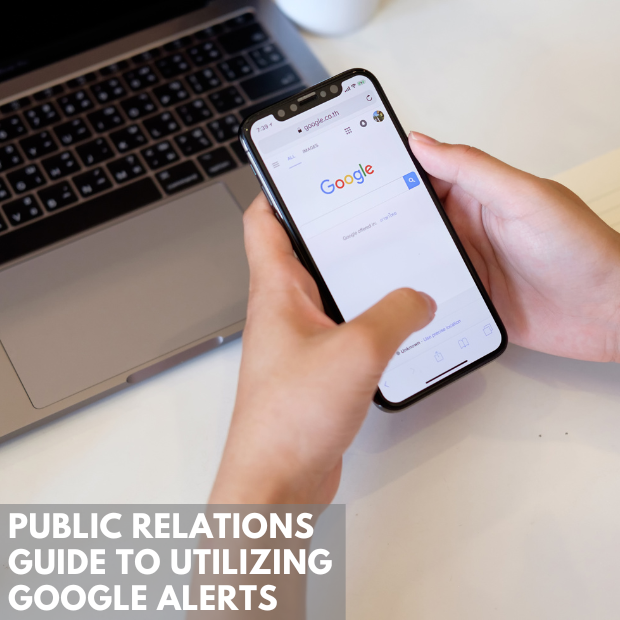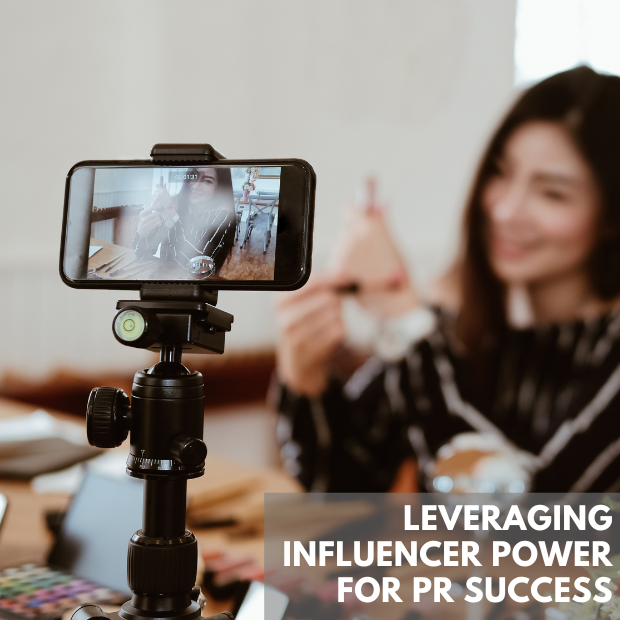
Mastering The Art Of Persuasion For PR
PR is about persuasion. Mastering the art of persuasion is essential for successful public relations professionals.
For successful PR campaigns, you need to have the ability to genuinely connect with people in a way that expresses your purpose and how that will help them and their organizations. Maya Angelou famasouly once said, ‘People may forget what you said, people will forget what you did, but they will never forget how you made them feel’. Your ideas, services, or products are irrelevant until you deeply connect with your audience.
The art of persuasion is not something that can be learned overnight. It takes practice and dedication to master the techniques necessary for success in PR. You must have the confidence and learn the skills to create compelling stories that will leave a lasting impression and help you achieve your goals.
How To Hone Your Persuasive Skills For PR
Honing your persuasive skills is an integral part of creating effective PR campaigns. Here are some tips to help you become a master at the art of persuasion:
Establish Relationships With Your Audience
One of the biggest keys to becoming an effective persuader is establishing a relationship with your audience. When presenting your ideas, make sure that they are presented in a way that engages the listener. Show that you’re listening to their needs and concerns, and tailor your message accordingly. This will help build trust and create a strong connection between you and the listener.
When building relationships:
- Understand your audience. Don’t just dive into a conversation with an audience without understanding their needs and wants. Take the time to ask questions and get to know them before presenting your ideas.
- Be enthusiastic. People are more likely to listen when you bring enthusiasm and positivity to the table. Show that you genuinely believe in what you’re saying, and be sure to express your excitement for the idea.
- Be genuine. People often can tell when someone is trying too hard to be persuasive. Be authentic, and let your passion for the topic shine through in your message.
- Be personable and friendly. Seek to understand your prospects’ needs and be empathetic. Don’t be afraid to show your personality and engage in conversation.
- Stay away from aggressive tactics. Respect the listener’s boundaries and don’t use pressure tactics in order to persuade them.
- Be patient. Don’t rush the conversation. Give your prospect time to consider your ideas and make their own decisions.
Observe And Listen
Even though persuasion is about getting your message across, you can’t do it without first understanding the other person’s perspective. Take the time to observe and listen to what they are saying.
Pay attention to their body language and tone of voice, so you can better understand how they’re feeling about your message. By being attentive and aware of the context, you’ll be able to tailor your argument accordingly.
Present A Win-Win Idea
Persuasion isn’t about convincing someone to do something they don’t want to. It’s about presenting a win-win idea that will benefit both parties involved.
Focus on the benefits of your proposition and make sure that it is mutually beneficial for both you and your audience. Show them how your proposal can help them achieve their goals, while also helping you reach yours.
For instance, if you are proposing a collaboration between your organization and another one, explain how both organizations can benefit from working together. If you are selling a product, explain how it can help the customer achieve their desired outcome.
Use Emotion
The worst thing you can do when trying to persuade someone is to use dry facts and figures. Instead, focus on the emotional side of your argument by telling stories or showing examples that evoke emotion from the listener.
When people connect with an emotional story, they are more likely to remember it – and be persuaded by it. This will help create a strong connection between you and the listener, and make it easier to get your message across.
Demonstrate Authority, Trust and Expertise
People will believe you if they trust you. Make sure to demonstrate your expertise and authority on the topic by citing relevant sources, providing statistical evidence, or offering your first-hand experiences. If you show your audience you deeply understand a topic or discussion, then they’ll be more inclined to accept your line of thought.
Authority can also be shown by being knowledgeable about the other person’s needs and interests. Showing them you’ve taken time to understand their pain points will help build strong, lasting relationships.
Final Thoughts
Mastering the art of persuasion is essential for successful public relations. You need to be able to express the ‘Why’ of what you do. There is a great Ted Talk video from 2009 with Simon Sinek who explains this in very clear terms.
By following these tips, you can become a more effective communicator and influencer. In today’s digital age, you need to understand how people think, why they behave the way they do, and how best to appeal to them in order to succeed.








